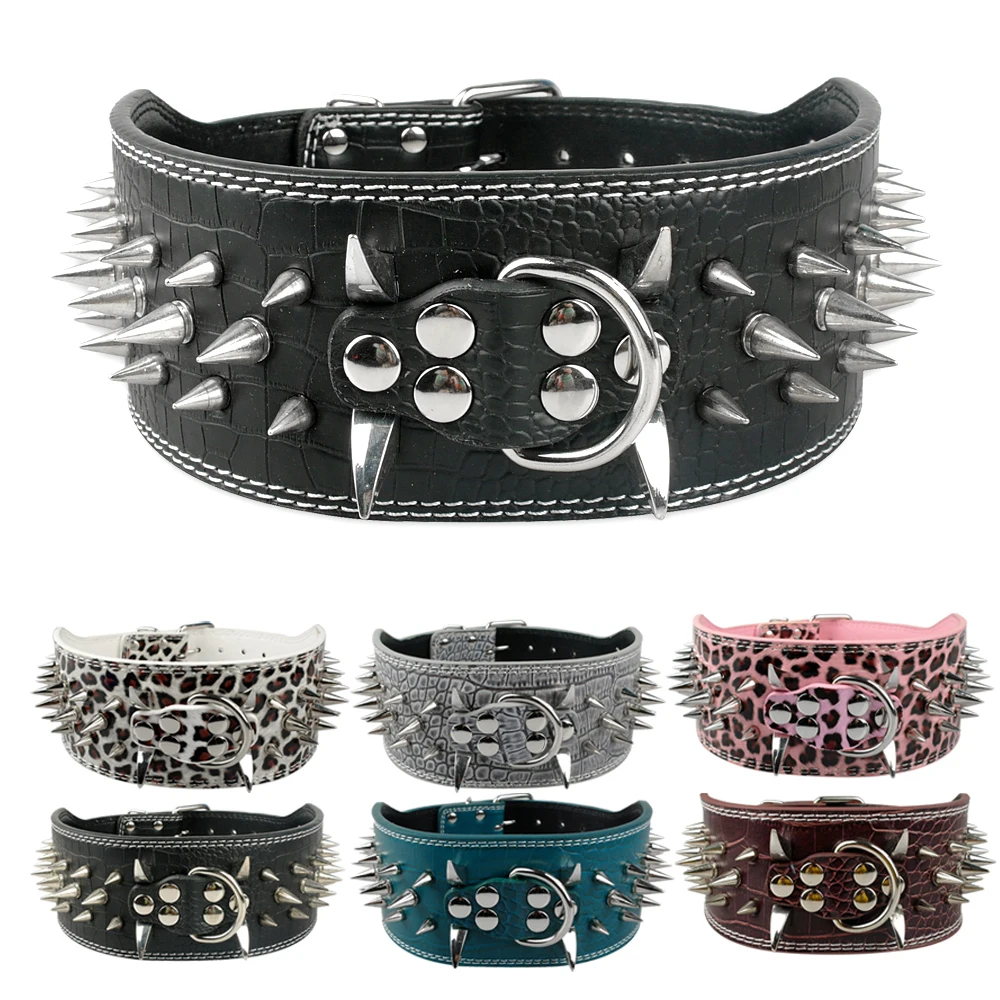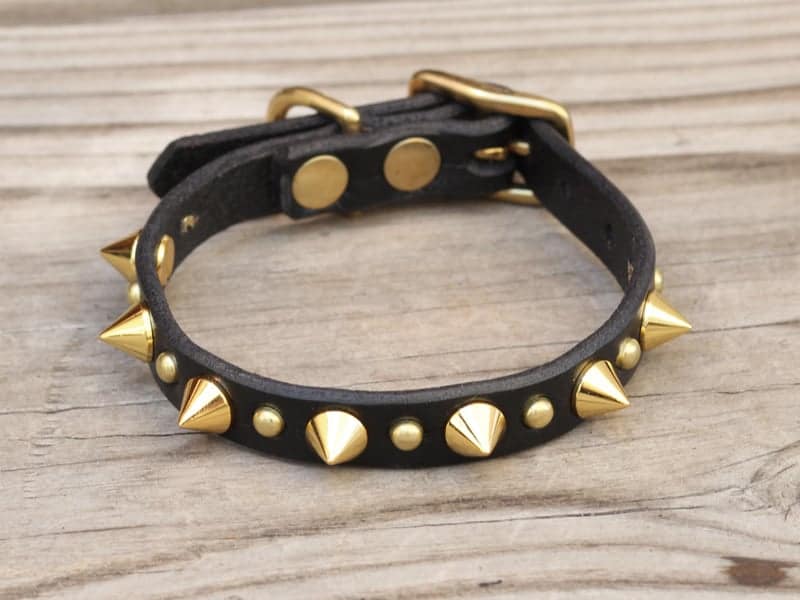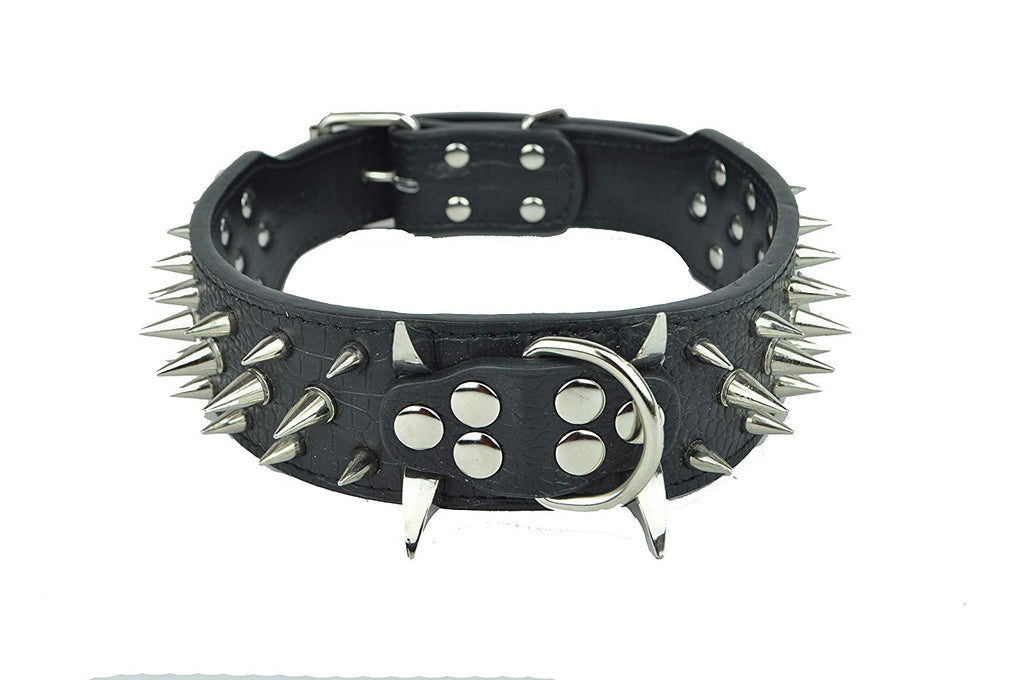

Spike collar for dogs how to#
However, punishment never teaches your dog how to do it right. Under certain circumstances (but far less often than we think), it may teach a dog that whatever he did was wrong. In the technical terms of operant conditioning, choke, prong, and shock collars work with the principles of negative reinforcement (removing an unpleasant/painful stimulus as soon as the requested behavior is performed) and positive punishment (presenting an unpleasant stimulus as consequence for an undesired behavior).įor the ease of reading, I will refer to both as punishment in this article, although this is technically not correct (I hope the readers familiar with the four quadrants of operant conditioning forgive me).Īny form of punishment, whether it is using a prong collar, sticking your dog’s nose in his urine puddle on the living room carpet, or popping your puppy’s nose for play biting, has consequences dog owners are all too often unaware of. Worse than many of the physical injuries, and a lot slower to heal, are the mental scars and behavioral implications of aversive training methods.
Spike collar for dogs skin#
The contact points of electric shock collars can irritate the skin and cause hot spots, but they also have the potential to burn holes in the skin. Improperly fitted or inappropriately sized choke and pinch collars can become embedded in the dog’s skin.īoth choke chains and prong collars can damage the thyroid gland, salivary glands, or salivary lymph nodes. Prong or pinch collars can pinch the dog’s trachea. Less drastic and more common, choke chains can lead to fainting, cause tracheal and esophageal injuries, damage ocular blood vessels, and cause nerve damage and transient paralysis as well as neck sprains. The use of aversive tools has disadvantages on more than just the physical level, although physical injuries are the most obvious: Choke chains tighten around the dog’s neck with little or no control by the handler over the degree of tightening, potentially strangling the dog to death.

Aversive methods causing discomfort and pain to our pets, such as choke chains, pinch collars, and shock collars, are still commonly used for behavior management and/or confinement, even though positive training methods have been used and promoted over the past three to four decades, and are proven to lead to better results. When it comes to dog training and behavior modification, however, this effort often goes out the window.

It is important to pet parents and veterinary staff alike that our furry friends experience as little pain as possible during medical procedures and in their day-to-day lives. Veterinary medicine has evolved over the years in many ways, but one of the most important changes is that pain management has become a staple in veterinary medicine.


 0 kommentar(er)
0 kommentar(er)
